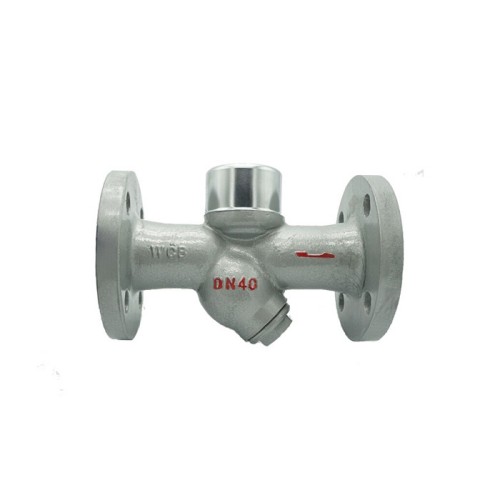different types of blind flanges
Different Types of Blind Flanges
Blind flanges are essential components in piping systems, serving various purposes in different industries. These valuable fittings are circular steel plates used to close the ends of pipes, valves, and other equipment. They are essential for maintenance, testing, and pressure applications in many settings. Understanding the different types of blind flanges available can help engineers and industry professionals choose the right one for their specific needs.
1. Standard Blind Flanges
Standard blind flanges are the most commonly used type. They are manufactured according to specific dimensions and pressure ratings defined by standards such as ASME/ANSI and DIN. Made from various materials, including carbon steel, stainless steel, and alloy steel, these flanges can withstand different environmental conditions, including high temperatures and corrosive substances. Standard blind flanges provide a robust sealing solution, making them suitable for numerous applications in industries like oil and gas, water treatment, and chemical processing.
Spectacle blind flanges consist of two components a solid blind flange and a separate piece known as a spacer. These components are connected by a hinge, allowing the operator to easily switch between blocking flow and allowing flow in a pipeline. Spectacle blinds are commonly used in applications requiring regular maintenance, as they provide a quick and efficient way to isolate sections of piping without the need to disassemble the pipeline.
3. Non-Raised Face Blind Flanges
different types of blind flanges

Non-raised face blind flanges have a smooth surface that is flush with the flange's outer diameter, as opposed to a raised face that protrudes outward. This design is often selected for applications where a tighter seal is essential. Non-raised face blind flanges are typically used in low-pressure systems or where space constraints limit the use of raised face designs.
4. Raised Face Blind Flanges
Raised face blind flanges feature a raised area around the flange's bore. This elevation enhances the sealing capability when bolted to another flange with a gasket. Raised face designs are favored for high-pressure applications as they help distribute the pressure evenly, reducing the risk of leakage. Raised face blind flanges are widely used in oil and gas pipelines, refineries, and chemical processing plants.
5. RTJ (Ring Type Joint) Blind Flanges
RTJ blind flanges are designed for high-pressure and high-temperature applications. They feature a groove cut into the flange's face to accommodate a ring gasket, providing a secure seal. This type of blind flange is typically used in critical systems such as petrochemical and power generation facilities, where leaks can result in catastrophic failures.
In conclusion, the choice of blind flange plays a significant role in ensuring the integrity and reliability of piping systems. By understanding the different types available, engineers can select the most appropriate blind flange for their applications, ensuring safety and efficiency in their operations. Whether for maintenance, pressure retention, or system isolation, blind flanges serve an integral function in a wide range of industrial applications.
-
Breakthrough in Domestic Low Temperature Valve Technology in ChinaNewsAug.18,2025
-
From Machinery to Intelligent Brain: The Digital Transformation Wave of the Valve IndustryNewsAug.18,2025
-
PCVEXPO 2025NewsAug.18,2025
-
The Key to Fluid Control: Exploring the Advantages of Ball Valves in Industrial SystemsNewsJul.09,2025
-
The Versatile World of 1, 2, and 3 Piece Ball ValvesNewsJul.09,2025
-
Stainless Steel Ball Valves: The Ideal Choice for Efficient Flow ControlNewsJul.09,2025
-
Optimizing Fluid Control with Ball Float ValvesNewsJul.09,2025




